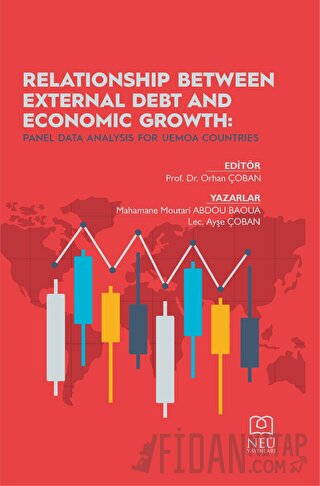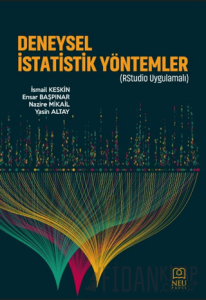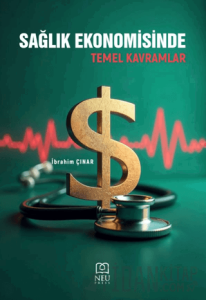
External debt has become an important problem for developing countries, especially since the 1980s. External borrowing is expected to serve as a source of capital formation that stimulates economic growth. In this context, there have been many studies conducted in recent years to investigate the relationship between external debt and economic growth.
The West African Economic and Monetary Union (WAEMU or UEMOA) was established on 10 January 1994 with the Treaty signed in Dakar. The main objectives of UEMOA are to build a harmonized and integrated economic space in West Africa. In this space, the complete freedom of movement of person’s capital, goods, services and factors of production, as well as the effective enjoyment of the right of exercise and establishment for the liberal professions and the right of residence for citizens throughout the Territory is ensured.
UEMOA is constituted by Eight coastal and Sahelian countries (Benin, Burkina, Côte d'Ivoire, Guinea-Bissau, Mali, Niger, Senegal and Togo), linked by the use of a common currency (the FCFA) and benefiting from common cultural traditions. UEMOA covers an area of 3,506,126 km2 and has a population of 112 million. The GDP growth rate, at constant prices, is 7% in average.
The main purpose of this study is to investigate the relationship between external debt and economic growth for seven (7) UEMOA member states. These countries include Benin, Burkina, Côte d'Ivoire, Mali, Niger, Senegal and Togo. We exclude Guinea Bissau because it joined the union in 1997. Panel data method was used in the analysis. In this context, it is hoped that the study will contribute to the instructor and the learners, as well as the literature.
External debt has become an important problem for developing countries, especially since the 1980s. External borrowing is expected to serve as a source of capital formation that stimulates economic growth. In this context, there have been many studies conducted in recent years to investigate the relationship between external debt and economic growth.
The West African Economic and Monetary Union (WAEMU or UEMOA) was established on 10 January 1994 with the Treaty signed in Dakar. The main objectives of UEMOA are to build a harmonized and integrated economic space in West Africa. In this space, the complete freedom of movement of person’s capital, goods, services and factors of production, as well as the effective enjoyment of the right of exercise and establishment for the liberal professions and the right of residence for citizens throughout the Territory is ensured.
UEMOA is constituted by Eight coastal and Sahelian countries (Benin, Burkina, Côte d'Ivoire, Guinea-Bissau, Mali, Niger, Senegal and Togo), linked by the use of a common currency (the FCFA) and benefiting from common cultural traditions. UEMOA covers an area of 3,506,126 km2 and has a population of 112 million. The GDP growth rate, at constant prices, is 7% in average.
The main purpose of this study is to investigate the relationship between external debt and economic growth for seven (7) UEMOA member states. These countries include Benin, Burkina, Côte d'Ivoire, Mali, Niger, Senegal and Togo. We exclude Guinea Bissau because it joined the union in 1997. Panel data method was used in the analysis. In this context, it is hoped that the study will contribute to the instructor and the learners, as well as the literature.











